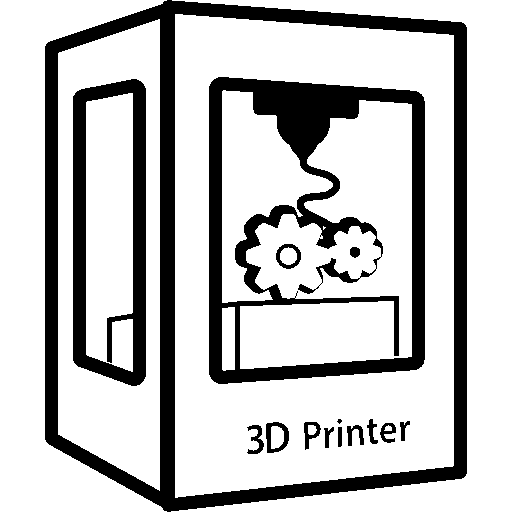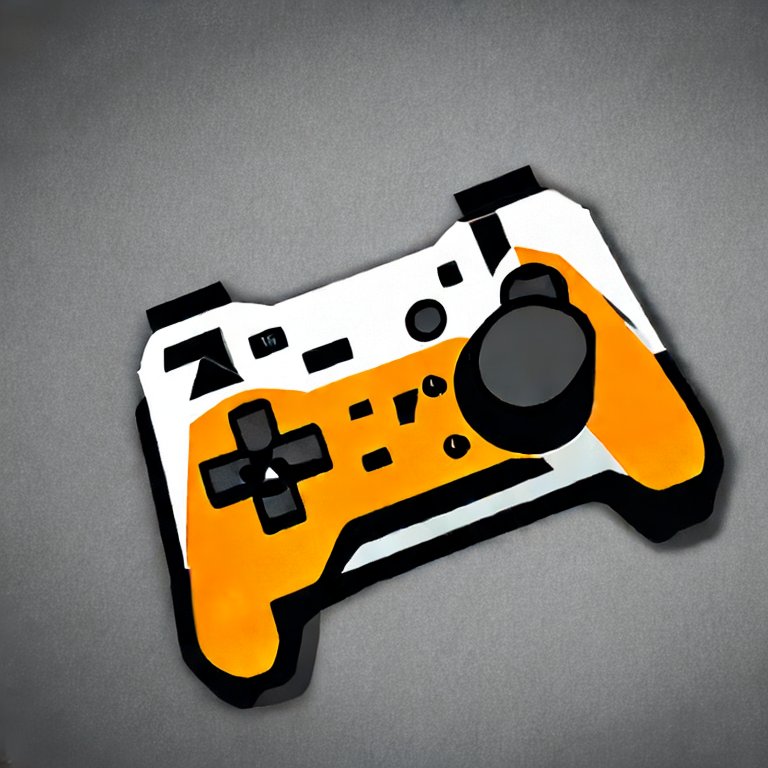

Did you happen to look into Open Scan? It’s reasonably open and is PI based. I don’t know a ton about them, but it seems like a viable alternative at first glance.


Did you happen to look into Open Scan? It’s reasonably open and is PI based. I don’t know a ton about them, but it seems like a viable alternative at first glance.
My rant wasn’t aimed at cooked.wiki, more the general state of the web these days.


Bingo. Making a new account somewhere else likely won’t help. The only way it would is if all the content OP objects to comes from a single instance and they find another instances that’s defederated frrom that source instance.
This seems very similar to the OG all recipies website. Most of their website isn’t that bad still. They also support creating an account to save and organize recipies.
I do not understand the fragmentation of the modern web.
Want to send money to a friend? Zelle, Venmo, Cash App, PayPal, Google pay, Apple cash, Popmoney, etc. There’s also the growing swath of messaging apps that support peer to peer payment.
Want to buy some second hand clothing? There’s Poshmark, Offer Up, Thread Up, Depop, Vinted, Etsy, Grailed, the RealReal, Craigslist, eBay, Facebook Market Place, etc. This is on top of the usual retailers who are also establishing an online presence like Plato’s closet, goodwill, etc.
Rinse and repeat for basically any category possible. I’m running into consumer fatigue and I can’t imagine it’s better for sellers.
I suggest printing a fresh temp tower. My bet is that temperature or retraction is off (have you fiddled with retraction lately) or the filament is super wet.
Is this a new spool or an old spool? Have you printed this blend of PETG before? What does a temperature tower look like?


I started buying games after buying myself an OG play station. Even back then, I remember $40 and even $50 MSRP game prices. Their greatest hits line was discounted to $20. Final Fantasy 7, which remains an all time favorite of mine, was $50 at launch.
Their greatest hits line was generally priced at $20, which offered a way of discounting games after launch. IMO man games in Steam follow a similar pricing strategy these days - high launch prices with discounts later.
Note that I’m not advocating for the digital only model. Not being able to sell your games again is super lame.


I don’t see this being practical beyond a “neat” any time soon. Because it relies on thermal expansion and contraction it won’t be very fast to cycle. It’s also physically pretty long/wide, so a more traditional IC or microcontroller would likely be a better choice unless it’s super thin.
This is still cool, but I am failing to see a practical application.
If/when they’re able to print transistors it will be a lot more interesting.


This is pretty cool.
This is the how-they-done-it paragraph. Essentially, they printed mechanical logic gates by taking advantage of a conductive filament that grows/shrinks as it heats and cools. Cool!
The conductive filament the researchers used is Electrifi by Multi3D, which is PLA combined with copper micro-particles. A segment printed in this filament is normally very conductive due to the densely-packed particles, but as temperature increases (beginning around 40° C) the polymer begins to soften and undergoes thermal expansion. This expansion separates the copper particles, causing a dramatic increase in electrical resistance as electrical pathways are disrupted. That’s pretty neat, but what really ties it together is that this behavior is self-resetting, and reversible. As long as the PLA isn’t straight up melted (that is to say, avoids going over about 150° C) then as the material cools it contracts and restores the conductive pathways to their original low-resistance state. Neat!
I bought a 12 in December when they were on sale due to the looming 13 launch. The stock OS is pretty good and the hardware is well speced. I came from a Pixel 3a and have owned a number of pixel and Nexus phones over the years.
It’s a bit large physically, which can present some challenges with pockets and single handed operation. It’s roughly the same size as an iPhone pro max for a size reference.
The rounded screen can be love/hate for some. If your son is prone to dropping things, it might be worth looking at a phone with more traditional bezels. Even the more protective cases have lower sides on the two long edges of the screen to let your finger reach the edges of the display.
As for the brand, they are pretty popular globally, but their availability locally really depends on where you live. In the US, you used to be able to buy them in T-Mobile stores, but that stopped a while ago. I don’t know of any brick and mortar stores that you can walk into and pick one up, although Best Buy does have them in their local warehouses and can get you one somewhat quickly.


I live in the Midwest. We have these all over as a weather alerting system. They test them monthly at a fixed time, but I could see this triggering someone - especially if they didn’t know it was coming.
You got a lot of replies on the modeling side of things. It’s not clear if you have a printer, so let me quickly hit on that.
There are a bunch of different 3D printing services you can use to print things, including local (at your library potentially or a maker space) as well as commercial.
3D printera fall into big buckets:
If you’re going to be purchasing the prints, I would go SLS. You’ll get fine details and the parts can be nylon (or even metal) so they’ll be durable.
If you’re printing at home, SLA is probably the way to go.


In the case of the universal media server there wasn’t a need for an app. The PS3 found it on the network and it showed up under the media UI thing.


It looks like I might have a good place to do that, so yay. I’ll try to get something up in a day or three.


Years ago, I ran a universal media server that my PS3 interacted with fine. Granted, the UI was a bit clunky (folder and file based) but it worked. I haven’t locally hosted any media in a while. Does the PS5 no longer support this type of solution?


Haha, the one where I make a bunch of things and fail numerous times along the way or the one where I keep a running list of “this would be a neat thing to try at some point in the future”?


If you’re looking for an outlet, why not project shop with the aim of making something?
This gives you the opportunity geek out on the gadgets you’ll need to pull off whatever you want to make. More importantly, the journey will continue post purchase as chase the thing you want to make.
You can make both digital and physical stuff. With things like CAD, Arduino/Raspberry PI, and IoT you can also blend the two pretty easily.
A very low key example might be a small garden. I’ve put a bit of time/effort into my seed stating setup, including designing and printing parts for my lighting rig. It seems like the setup iterates a bit every year. In addition, every year I spend a decent amount of time thinking about what I want to grow this year and then diving seed catalogues to find some new-to-me verity of something I’ve grown before.
You can also design from-scratch speakers and go as far down that rabbit hole as you want to - buy vs build (kit) vs design the amplifier, ditto for the actual speaker, etc.
/a person who likes making things


I could see that. We have a pretty old TV, so we don’t have a need for things like HDR.


You’re not wrong. That said, Honorary degrees are a thing. For example, Jeremy Clarkson, a television personality, columnist, and car reviewer, has two or three different honorary degrees.
I agree with you, but it is an amusing premise - even if it is pretty inaccurate. Here’s some very quick figures.
The majority of the carbon the human body release is from breathing. Evidently it’s about 1 kg of co2 a day or so. All the people on earth combined exhale about 7% of emissions we create from fossil fuels. Even looking at something as small as lawncare, the numbers are super lopsided. Your average lawnmower produces about 40 kg CO2 per hour or use, so if you’re (un?)fortunate enough to live somewhere with a lawn, cutting it will produce more CO2 than you do.